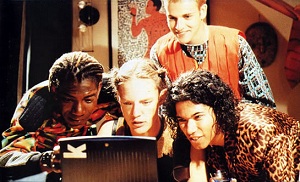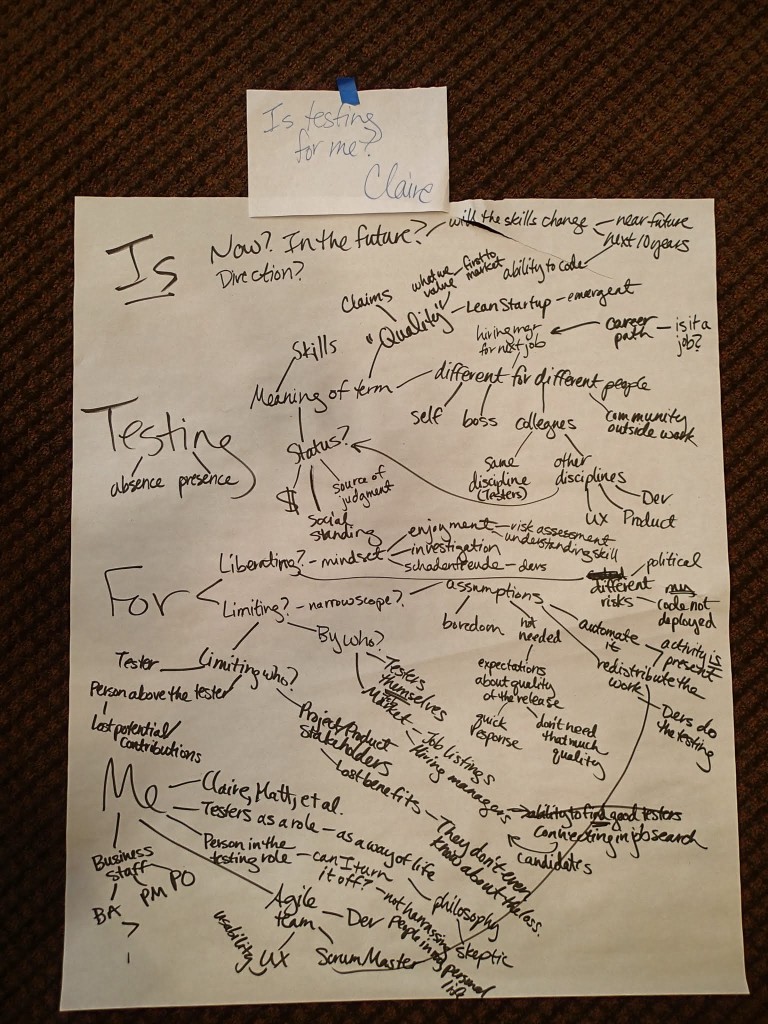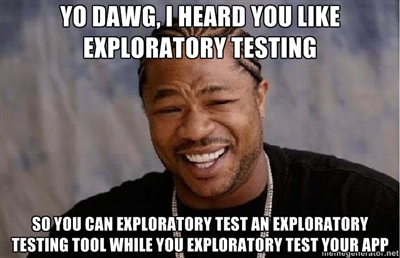
Last week, I had my first experience of my company’s Impact Day “in which team members take a day to work outside of the office to give back to our local community.” We volunteered at the the Mobile Hackathon for Good, which the WebVisions Atlanta program described as:
Join mobile app development experts, developers and designers in an all day Mobile Hackathon for social good. The day will begin with short presentations by educators and representatives from non-profit organizations, followed by informational sessions on building apps for Windows Phone and other mobile platforms.
We had two charities proposing app ideas for us, but only one of them had specific tasks with loose requirements. Unfortunately, those oracles were not able to stay with us all day due to their regularly scheduled charitable duties, so we were left with concrete examples of activities that would benefit from a mobile app but no way to discover additional information, though I did get a chance to informally chat with a couple of the representatives before the schedule for the day began. I have volunteered with local charities through Hands On Atlanta before, so I knew from experience how frustrating it can be to part of a large group of volunteers waiting on manual, hard-copy check-in to start our volunteer work. That sounded like a good problem to tackle.
The technical informational sessions filled the morning of our “all day” Mobile Hackathon, leaving us with only 4 hours to build apps for the Windows Phone Marketplace, which none of us had done before. Although I do enjoy a good discussion on design and how to execute it well, as you can see from my tweets, I think concentrating on design was a lofty goal for such a compressed timeline. I wanted to incorporate the principles James Ashley advocated, but I first wanted to have some small piece functionality built up, such as navigating between screens. Also, I got a bit lost in the Expression Blend styles and had to have Shawn sort me out.
I think we had about a dozen folks on the Mobile Hackathon implementation crew, and we ended up informally splitting into two groups. About half of us did some whiteboard sketching and discussion of what we wanted the software to do. We had competing designs that were successively refined through an hour of discussion, leaving us only 3 hours to implement. We had many desired features and modes of entering volunteer data, but none of them fit well within our very limited time box, so we ended up abandoning the goal of adding people on site at the project location. We needed to focus on a very narrow implementation goal first. And as it turned out, we didn’t have very many developers present and not all had their own laptops installed with the Visual Studio 2010 Express for Windows Phone that we were to use as a development environment with either Visual Basic or Visual C#.
I profited the most from Shawn’s practical demonstration of building an app in a short period of time, which encouraged me to open up the software. I started several prototypes to explore the various installed templates, trying to get a feel for how to begin organizing the work. Figuring out where to start coding proved to be more of a hurdle for me, not being a programmer by profession, though once upon a time I was a Visual Basic coder for my employer while a co-operative degree student at Georgia Tech.
Since I had 4 co-workers with me, it might have seemed logical to form a unified team to attack problems like we do at work, but that wasn’t the way it worked out. Attendees Errin Calhoun and Eduardo La Hoz were on my implementation team to talk over some software design and implementation ideas, but I ended up writing the code. I wasn’t completely helpless, but I definitely benefited from collaboration with speakers Shawn Wildermuth and Moses Ngone. Even with their assistance, we ended up with a simple 3 screen app that could navigate through mocked data to a check-in view that displayed data collected as the user tapped through.
Afterward, several of us attended the Day One After Party, where my co-workers and I had an informal retrospective about the Hackathon with one of the organizers. Now, you should know that I am a reform-from-within kind of person and love to focus on opportunities to improve while recognizing what didn’t go well. I am specific in my concerns about problems I perceive in order to have the best chance of making a difference. Here are some things I noticed:
- Creating an actual shippable product in 4 hours was not realistic, especially with the paucity of developers.
- Part of the “understaffing” was a snafu in the communication surrounding the Hackathon’s location, which was incorrect on the website, printed tickets, and e-mail reminders. I think more devs would have been present without that wrinkle and I wish this had been tested in advance.
- However, we wouldn’t necessarily have effectively used more development talent because we didn’t have very strong self-organizing teams. Maybe it would have gone better to have a little more structure, like an event coordinator to help us identify the roles that Hackathon volunteers could fill and what our current talent pool included.
- We spent too much time on planning what we would want the app to do without attempting to iterate, too much like Big Up Front Design and creating requirements for stories that would have been far down the road (for sprints of that length).
- We could definitely have used more time to develop and less time learning about the Windows Phone Marketplace, which would never have accepted the partially completed apps that we ended up producing.
- In order to submit our apps, we needed to test on a Windows Phone device, which was not available. The other testing option was the Marketplace Testing Tool, which I never saw.
My design manager co-worker, Will Sansbury, had these comments:
- Claire is fearless. [I didn’t have any development reputation to protect so I had no problem admitting a need and asking for help from strangers right away. – Claire]
- I loved pairing with Dev through the whole process.
- Expression Blend has a huge learning curve, and I’m not sure it’d be all that helpful once you get over that initial pain.
- The short time box and no feature constraints necessitated a laser-sharp focus on one thing.
- I feel bad that at the end of the day the world is no better.
We found out from our informal retrospective that this was the first Hackathon that WebVisions Atlanta has organized, so I am sure that subsequent iterations will take these lessons to heart – and in that unexpected way we have given back to our community.
Image source
 Which brings me to some interesting recent events:
Which brings me to some interesting recent events:

